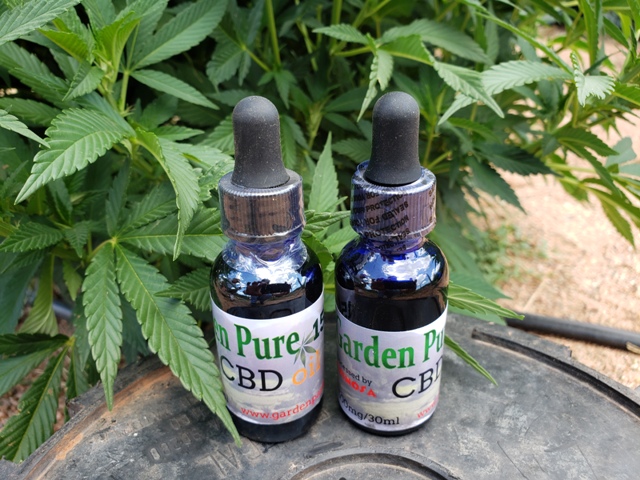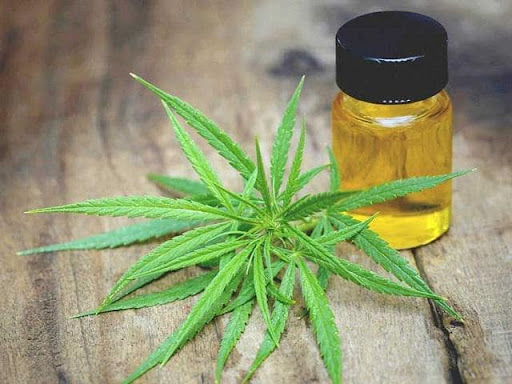Cannabidiol (CBD) has surged in popularity in recent years as a natural remedy for a variety of ailments. Whether you’re curious about its benefits or considering trying it yourself, this guide will walk you through everything you need to know about CBD for beginners.
What is CBD?
CBD, or cannabidiol, is one of over 100 compounds found in the hemp plant. Unlike tetrahydrocannabinol (THC), which is the psychoactive component of hemp, CBD does not produce a “high.” This makes it an appealing option for those looking for relief from pain, anxiety, and other conditions without the mind-altering effects of hemp or certain pharmaceutical drugs.
How Does CBD Work?
CBD interacts with the body’s endocannabinoid system (ECS), a complex cell-signaling system identified in the early 1990s by researchers exploring THC. The ECS plays a role in regulating a range of functions and processes, including sleep, mood, appetite, memory, reproduction, and fertility. The ECS has three core components: endocannabinoids, receptors, and enzymes. If you want to find great tips and information about CBD for beginners, discover this article to learn more.
Endocannabinoids
Endocannabinoids are molecules made by your body. They’re similar to cannabinoids, but they’re produced naturally by your body. The two key endocannabinoids are anandamide (AEA) and 2-arachidonoylglyerol (2-AG), which help keep internal functions running smoothly.
Receptors
These receptors are found throughout your body. Endocannabinoids bind to them in order to signal that the ECS needs to take action. There are two main endocannabinoid receptors:
- CB1 receptors, which are mostly found in the central nervous system
- CB2 receptors, which are mostly found in your peripheral nervous system, especially immune cells
Enzymes
Enzymes are responsible for breaking down endocannabinoids once they’ve carried out their function.
Benefits of CBD
CBD has been credited with a variety of health benefits, but research is still ongoing, and more studies are needed to determine the efficacy and safety of CBD for certain conditions. However, preliminary research and anecdotal evidence suggest CBD may help with:
Pain Relief
CBD may help manage pain by affecting endocannabinoid receptor activity, reducing inflammation, and interacting with neurotransmitters. Studies have shown that CBD can help reduce chronic pain and pain associated with multiple sclerosis and arthritis.
Anxiety and Depression
CBD has shown promise as a treatment for both depression and anxiety, leading many who live with these disorders to become interested in this natural approach. In one study, 24 people with social anxiety disorder received either 600 mg of CBD or a placebo before a public speaking test. The group that received the CBD had significantly less anxiety, cognitive impairment, and discomfort in their speech performance compared to the placebo group.
Sleep Disorders
CBD is also being studied for its potential role in improving sleep. Research suggests that CBD may help with both falling asleep and staying asleep. For instance, a review of studies found that high doses of CBD can help people with insomnia stay asleep longer, while small doses may help them stay awake.
Neuroprotective Properties
Researchers believe that CBD’s ability to act on the endocannabinoid system and other brain signaling systems may provide benefits for those with neurological disorders. In fact, one of the most studied uses for CBD is in treating neurological disorders like epilepsy and multiple sclerosis. Though research in this area is still relatively new, several studies have shown promising results.
How to Use CBD
CBD comes in several forms, each with its own advantages and disadvantages. Here are some of the most common methods of using CBD:
Oils and Tinctures
These liquids, typically oils, are infused with CBD and placed under the tongue with a dropper. The mucous membranes in your mouth absorb the compounds quickly. Oils and tinctures are a good choice for anyone who can’t take pills or capsules.
Edibles
CBD edibles, such as gummies, are a discreet and tasty way to consume CBD. They’re easy to take on the go, and they make it simple to ensure you get a consistent dose.
Capsules and Pills
CBD capsules and pills are used for systemic treatment of seizure disorders and digestive issues. The Food and Drug Administration recently approved Epidiolex, the first high-potency CBD drug to treat seizure disorders.
Topicals
CBD-infused lotions, balms, and creams are applied to the skin, and are frequently used to alleviate pain. They’re a popular choice for treating localized pain, such as that from arthritis or muscle soreness.
Vaping
Inhaling vaporized CBD oil, like e-cigarettes for CBD, is the fastest way to experience the effects. Compounds are inhaled and absorbed directly from the lungs into the bloodstream. However, vaping may cause other adverse health effects, and its long-term safety is still unknown.
Potential Side Effects
Though CBD is generally well-tolerated and considered safe, it may cause adverse reactions in some people. Side effects noted in studies include:
- Diarrhea
- Changes in appetite and weight
- Fatigue
CBD is also known to interact with several medications. Before you start using CBD, discuss it with your doctor to ensure your safety and avoid potentially harmful interactions.
Legal Status of CBD
The legal status of CBD in the United States is complex. While the federal government legalized the use of CBD derived from hemp (hemp containing less than 0.3% THC) through the 2018 Farm Bill, individual state laws vary. Some states have fully embraced CBD, while others have strict regulations or outright bans. It’s essential to be aware of the laws in your state before purchasing or using CBD products.

How to Choose a Quality CBD Product
With the market flooded with CBD products, it can be challenging to find a high-quality product. Here are some tips to help you choose:
Check for Third-Party Testing
Reputable CBD companies often have their products tested by independent labs. These tests check for the CBD and THC content, as well as for contaminants like pesticides, heavy metals, and mold.
Look for a Certificate of Analysis (COA)
A COA is a document issued by the testing lab that provides the product’s test results. It’s a good idea to look for a product that has a current COA from a reputable lab.
Read Reviews
Customer reviews can provide insights into the product’s quality and the company’s customer service. Look for reviews from other consumers to get a sense of the product’s effectiveness and any potential side effects.
Verify the Source of Hemp
The quality of CBD depends significantly on the source of the hemp. Look for products made from organically grown hemp that is free from pesticides and other harmful chemicals.
Consider the Extraction Method
The method used to extract CBD from the hemp plant affects the final product’s purity and quality. CO2 extraction is considered the gold standard, as it is clean and efficient, producing a high-quality CBD product.
Conclusion
CBD offers a promising natural alternative for managing a variety of health issues. However, it’s essential to approach CBD with informed caution. Ensure you understand its potential benefits and risks, how to use it effectively, and how to choose a quality product. By doing so, you can maximize the benefits of CBD while minimizing potential downsides.


